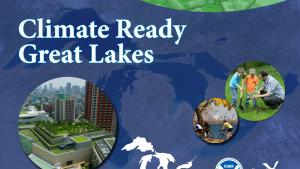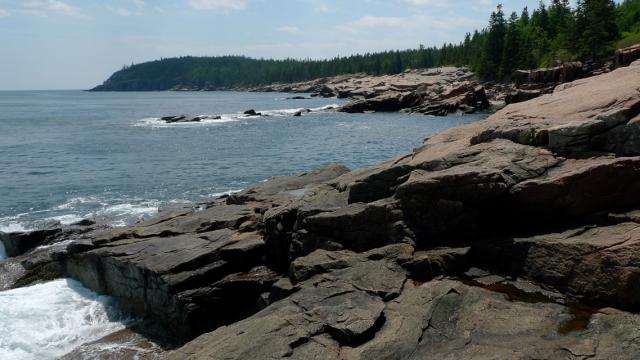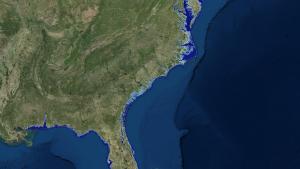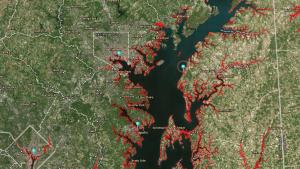Coasts
Climate impacts are transforming coastal landscapes and undermining the resilience of communities and ecosystems. Proactive community-led adaptation strategies, including nature-based solutions and planned relocation, can help communities adapt to both current and future increases in the severity of coastal hazards across the nation.
- Coastal hazards are increasing due to accelerating sea level rise and changing storm patterns.
- Coastal impacts on people and ecosystems are increasing due to climate change.
- Adaptation reduces risk and provides additional benefits for coastal communities.
Adapted from the Coastal Effects chapter of the Fifth National Climate Assessment.
Looking for previous narratives?
Featured Tools
Related Case Studies & Action Plans

Screenshot from the Climate Ready Great Lakes training series.

Photo attributed to Lucasmj. Incorporated here under the Creative Commons Attribution 3.0 Unported license. No endorsement by licensor implied.

Photo attributed to Ebyabe. Incorporated here under a Creative Commons Attribution 2.0 Generic License. No endorsement by licensor implied.







